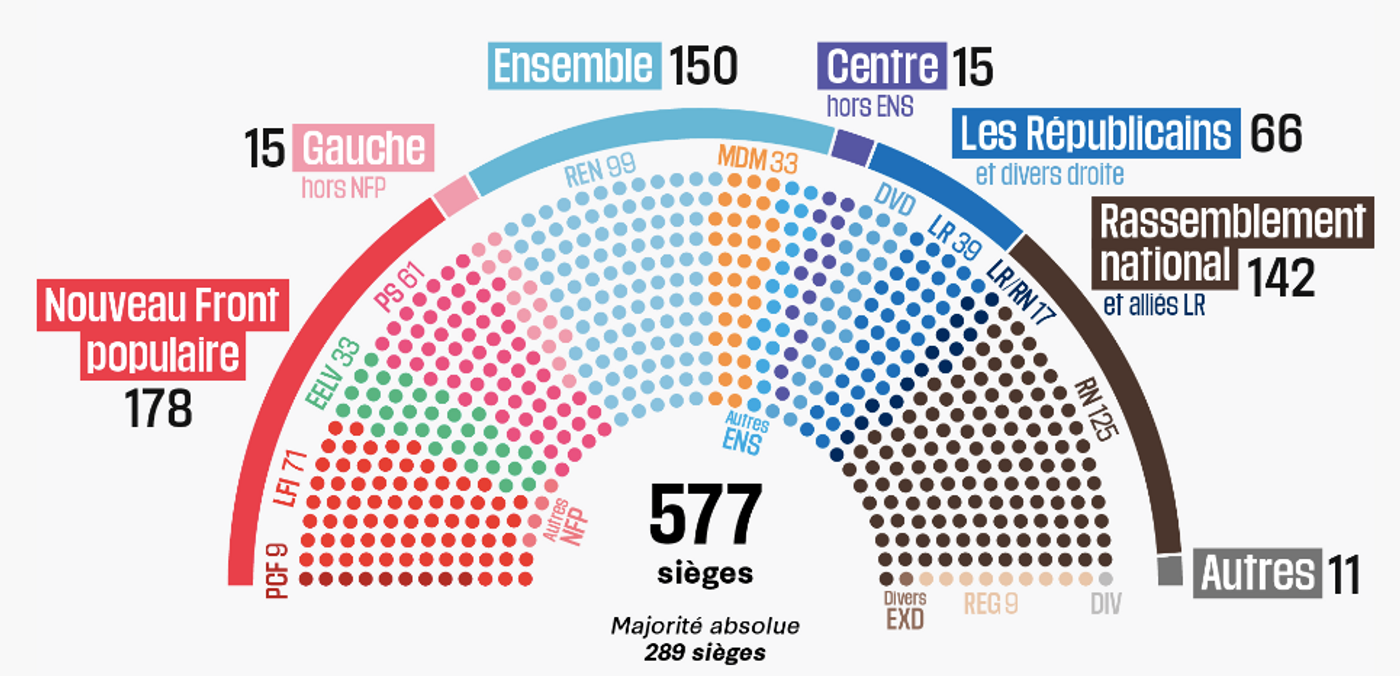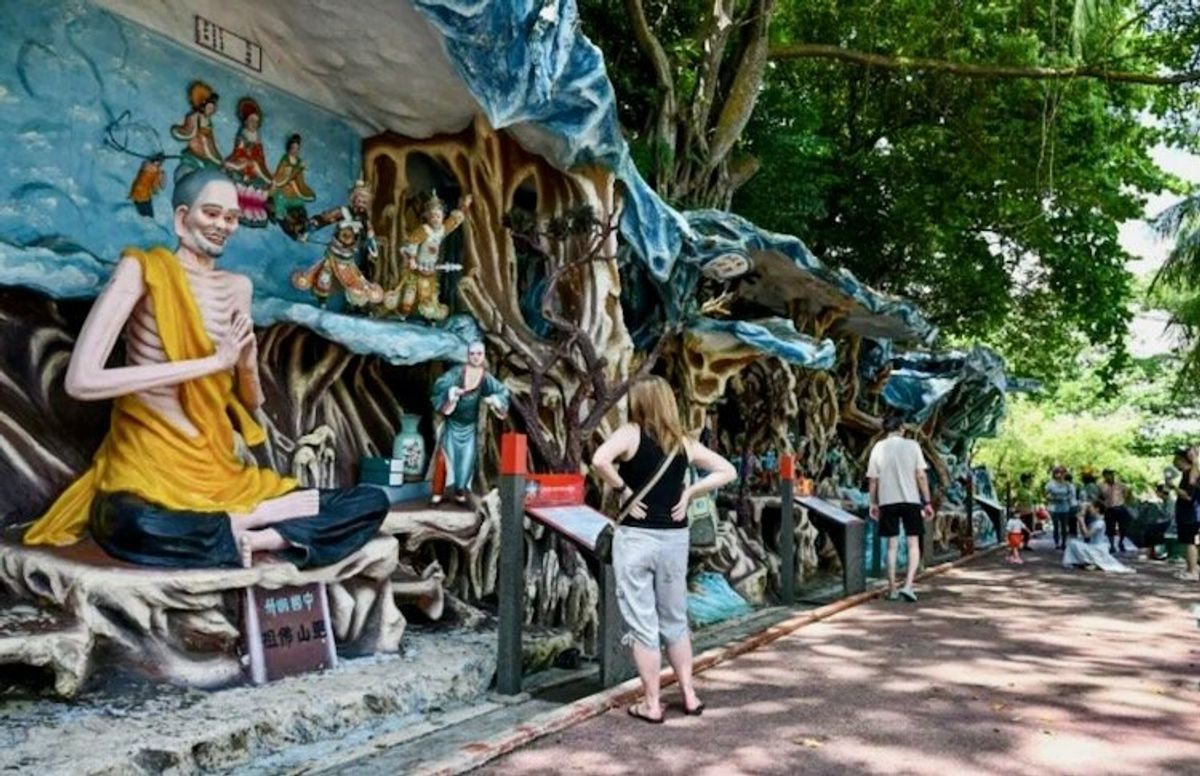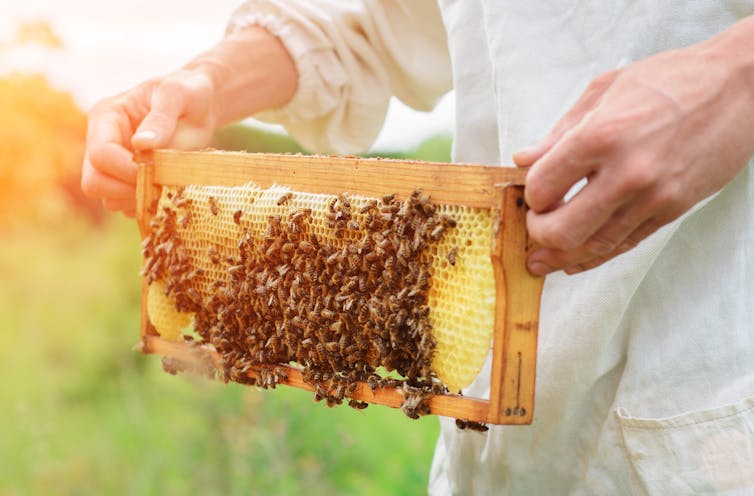
The health benefits of coffee, which millions of people drink to start their day, generally outweigh the potential risks, much like the popular diet that limits red meat and fat intake, experts say. Photo by Olha Ruskykh/Pexels
NEW YORK, July 9 (UPI) -- Consider coffee a "mini-Mediterranean diet," experts told UPI.
The health benefits of the beverage millions of people drink to start their day far outweigh the potential risks, much like the popular diet that limits red meat and fat intake, the experts say.
"The Mediterranean diet is, primarily, a plant-based diet, and coffee is a plant-based drink," Stephen Safe, a researcher with expertise in cancer prevention, said in a phone interview.
"If you compare the benefits of coffee to those of the Mediterranean diet, you could hardly tell the difference between them," said Safe, a distinguished professor of biochemistry and biophysics at Texas A&M University in College Station.
In a review of peer-reviewed studies of the beverage, Safe and his colleagues found that coffee consumption can help reduce a person's risk for certain types of cancers, as well as Type 2 diabetes, Parkinson's disease and dementia.
"Drinking coffee has also been shown to help people live longer," Safe said.
"I'm a big proponent, and I drink a lot of it," he said, adding that he consumes "five or six double espressos" every day.
Safe describes coffee as a "miracle" drink, much like "aspirin is a miracle drug."
Here's why.
"Contrary to popular opinion," Safe said, the overwhelming majority of research suggests that coffee consumption is linked with a number of key health benefits.
What the research says
For example, a 2019 study found that coffee consumption lowered the risk for Type 2 diabetes by 22%.
In addition, people who consumed more than 60 cups of coffee per month -- or more than two a day -- were found to have a nearly 70% lower risk of liver cancer, a nearly 50% lower risk for colon and breast cancers and a nearly 30% lower risk for thyroid cancer, according to a 2021 study.
Although more research is needed to identify why this is the case, coffee contains many of the same chemical ingredients found in elements of the Mediterranean diet, which also has been found to reduce cancer risk, Safe said.
On top of the potential cancer benefits, compared with non-drinkers, coffee drinkers have an up to 30% lower risk of developing Parkinson's disease, according to a study published in 2002.
A diet that included coffee was found to reduce the risk for certain neurologic diseases, including dementia, according to a study published by long-time coffee researcher Marilyn Cornelis and her colleagues published last year.
Although the reasons for this are unclear, research suggests that the caffeine in coffee has a neuro-protective effect and helps the brain produce dopaminergic neurons, or brain cells involved in movement and other functions, said Cornelis, an associate professor of preventive medicine at Northwestern University Feinberg School of Medicine.
Many current treatments for Parkinson's disease, for example, are designed to boost production of these neurons, she said.
"For many years, coffee has been seen as an unhealthy drink, but, over time, the research really supports more benefits than adverse effects," Cornelis, who has been researching the health effects of coffee and caffeine for more than 20 years, said in a phone interview.
"Given other options in terms of beverages, coffee is probably one of the better ones," she said.
She agreed with Safe that more research is needed to understand why coffee is so beneficial, but suggested that the polyphenols found naturally in coffee, like other plant-based products, most likely have antioxidant effects that can help reduce inflammation, a common cause of disease.
Caffeine also increases metabolism of fats in the body, which may add to the drink's health benefits, she added.
In addition, "coffee can also lead to improved mood and a reduced risk for depression," Dr. Donald D. Hensrud, a specialist in general medicine and an associate professor of preventive medicine and nutrition at the Mayo Clinic College of Medicine, said in a phone interview.
Potential side effects
Caffeine doesn't necessarily lead to worsening anxiety or increase a person's risk for heart disease, including irregular heartbeat and high blood pressure, contrary to the image of the "person who is stressed out and drinking a lot of coffee," Cornelis said.
An analysis of data from 32 studies published in 2023 found "no significant association" between coffee consumption and heart disease.
That said, drinking too much coffee can lead to heart palpitations and insomnia, or trouble sleeping, Hensrud said.
Coffee can also worsen symptoms such as excessive urination, particularly in older men with enlarged prostate glands, according to Hensrud.
Some coffee drinkers may experience acid reflux, or heartburn, and the beverage also may lower the body's ability to absorb key minerals like calcium and iron, which are important for bone health, he said.
Coffee also has been linked with difficulty becoming pregnant and an increased risk of miscarriage among women who drink more than two cups per day, Hensrud said.
"I divide coffee into health effects and side effects, and the health effects are really significant, while the side effects are relatively minor except for pregnant woman," he said.
How you take it matters
Indeed, the oft-heard limit of two cups per day only applies to women who are pregnant or trying to become pregnant. Oherwise, there's no hard and fast rule for how much coffee to drink to maximize these health benefits, Hensrud said.
However, how a person takes it matters, he said. In other words, the less milk, cream, sugar and other add-ons, the better.
For this reason, many of the coffee drinks sold at chain retailers don't convey the same health benefits as simple, black coffee, he said.
In addition, boiled, but not filtered coffee, can increase LDL, or "bad," cholesterol in the bloodstream, Hensrud said.
Since 2015, black coffee has been included in the Department of Health and Human Services' dietary guidelines, which suggest that up to five cups of coffee per day is safe.
However, this is "not a recommendation," Cornelis said.
"This just means that if you're already consuming that amount, and you're healthy, there's no need to cut back," she said.
Research suggests that some people may be "genetically predisposed to being able to metabolize caffeine more quickly," according to Cornelis.
This means they are less likely to experience side effects like difficulty sleeping and can consume more, she added.
Hensrud said he typically tells his patients that, as long as they're not experiencing the common "side effects" of coffee consumption -- particularly heart palpitations and difficulty sleeping -- there's no need for them to stop drinking it.
Still, "if they're consuming six or more cups per day, I may tell them to think about cutting back, just because they may start experiencing problems like reflux," he said.
The good news, according to Cornelis, is that most people "are sensitive to the effects of caffeine" and know when they have had too much, based on what their bodies are telling them.
And, while cutting back on caffeinated coffee when experiencing side effects can cause withdrawal symptoms, such as headaches, the chemical is not considered addictive, she said.
"I tell people go by side effects when they're deciding how much coffee to drink," Hensrud said.
"If you're not having side effects, there's no reason to consume less," he said.











